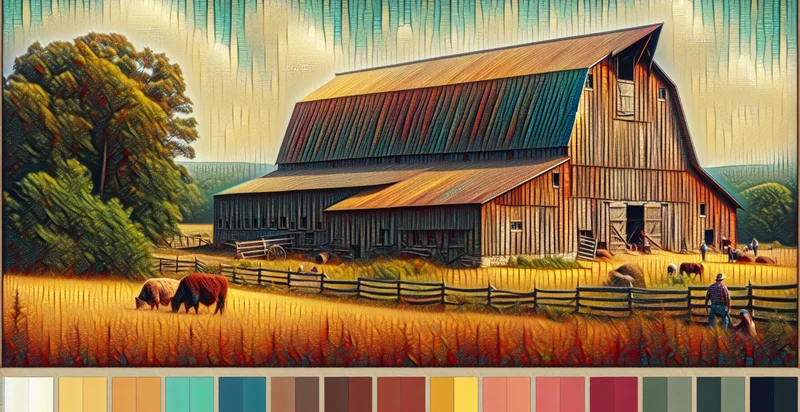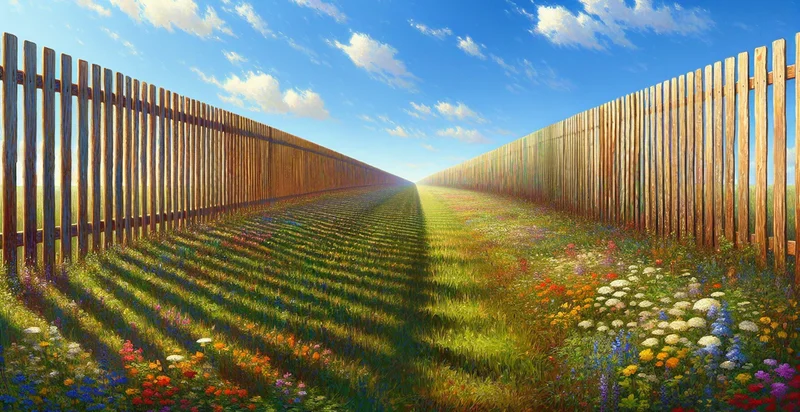Identify length of farm fence in feet
using AI
Below is a free classifier to identify length of farm fence in feet. Just upload your image, and our AI will predict the length of farm fence in feet. - in just seconds.

Contact us for API access
Or, use Nyckel to build highly-accurate custom classifiers in just minutes. No PhD required.
Get started
import nyckel
credentials = nyckel.Credentials("YOUR_CLIENT_ID", "YOUR_CLIENT_SECRET")
nyckel.invoke("length-of-farm-fence-in-feet", "your_image_url", credentials)
fetch('https://www.nyckel.com/v1/functions/length-of-farm-fence-in-feet/invoke', {
method: 'POST',
headers: {
'Authorization': 'Bearer ' + 'YOUR_BEARER_TOKEN',
'Content-Type': 'application/json',
},
body: JSON.stringify(
{"data": "your_image_url"}
)
})
.then(response => response.json())
.then(data => console.log(data));
curl -X POST \
-H "Content-Type: application/json" \
-H "Authorization: Bearer YOUR_BEARER_TOKEN" \
-d '{"data": "your_image_url"}' \
https://www.nyckel.com/v1/functions/length-of-farm-fence-in-feet/invoke
How this classifier works
To start, upload your image. Our AI tool will then predict the length of farm fence in feet..
This pretrained image model uses a Nyckel-created dataset and has 9 labels, including 1 To 5 Feet, 101 To 200 Feet, 11 To 20 Feet, 201 To 500 Feet, 21 To 50 Feet, 51 To 100 Feet, 6 To 10 Feet, Less Than 1 Foot and More Than 500 Feet.
We'll also show a confidence score (the higher the number, the more confident the AI model is around the length of farm fence in feet.).
Whether you're just curious or building length of farm fence in feet detection into your application, we hope our classifier proves helpful.
Related Classifiers
Need to identify length of farm fence in feet at scale?
Get API or Zapier access to this classifier for free. It's perfect for:
- Farm Inventory Management: Farmers can utilize the false image classification function to monitor the lengths of their farm fences. This aids in managing inventory and ensuring that their fencing supplies are accurately accounted for, which prevents over-ordering or stock shortages.
- Land Use Planning: Agricultural planners and land developers can use this function to assess the length of existing fences. This information is essential for effective land-use planning, enabling them to evaluate property boundaries and future development potential.
- Compliance and Regulation: Regulatory agencies can implement this classification function to ensure that farms adhere to fencing regulations. By accurately identifying fence lengths, they can enforce compliance with livestock containment laws and environmental standards.
- Pest and Wildlife Management: Farmers can employ this tool to assess fencing lengths concerning wildlife management strategies. Understanding how much fencing is needed can help mitigate pest intrusions and protect crops from wildlife damage.
- Cost Estimation for Fencing Projects: Construction companies specializing in farm infrastructure can leverage this function to provide precise cost estimates for fencing projects. Knowing the determined lengths of fencing can assist in budgeting materials and labor effectively.
- Insurance Assessment: Insurance companies can use this identifier to validate claims related to agricultural fencing damages. It helps in determining reimbursement amounts by accurately assessing the length of the fence that needs repairing or replacing.
- Farm Operation Efficiency: Agriculture technology companies can integrate this function into their farm management software to optimize operational workflows. By understanding fence lengths, farmers can improve management strategies for livestock movement and grazing, enhancing overall efficiency.


